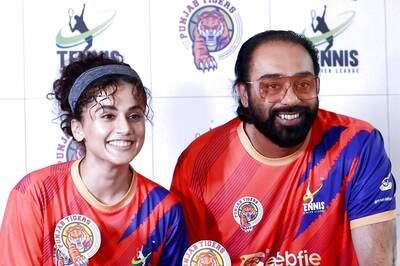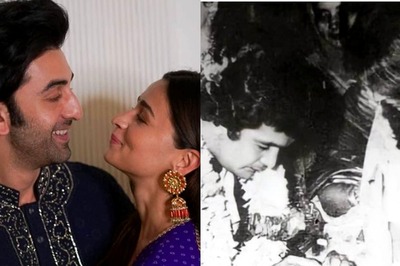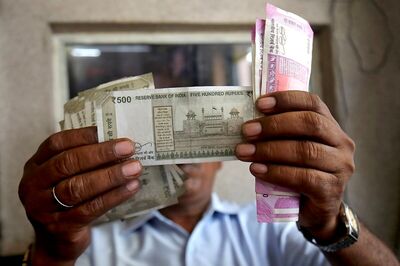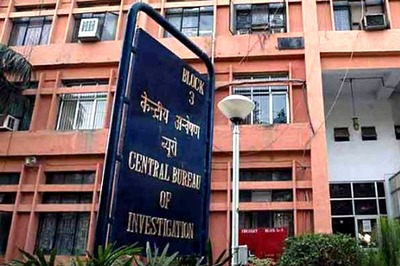
views
CHENNAI: Ask Mass Rapid Transit System (MRTS) commuters, what their complaint with the local train service is. The common refrain would be the ‘pathetic state of the stations’. Apart from the usual complaints such as bad sanitation and lack of safety, there are specific ones due to which many have switched over to buses and private transport. Isolated parking lots on roads that are poorly lit are a major cause for concern for those who park-and-travel. Along the Beach-Tambaram EMU line, several private parking lots have sprung up near the stations as the number of commuters everyday is high on that section.In stark contrast, even the parking lot operated by Southern Railways is seldom full at most of the 21 stations along the 25-km MRTS line. “Are you here for the cricket match or to take a train?” asks the attendant at the Chepauk Station parking lot, who reveals that only on days when there are cricket matches there would be people around.Another problem commuters face is that these parking lots are a fair distance away from the platforms.“People usually rush to work in the mornings. Since the parking lot is some 300 metres away, in addition to a two-floor climb-up to reach the platform, there’s no chance of catching a train to reach office on time,” complains Reginald Rajkumar, who works in Velachery.While commuters are generally critical of the facilities and sanitation in stations on the Mylapore-Taramani-Tiruvanmiyur section, it was observed during a trip on an MRTS train that cleanliness at stations tended to decrease, as we moved from the ‘upmarket’ side of the town to the northern part of the city. “Mylapore and Greenways Road stations are much cleaner than Tiruvallikeni and Chepauk,” feels Ruban Praveen, a student and a regular MRTS commuter. “At least we see the floors at the stations being swept everyday, but the ticket counters are a disaster. There’s usually cow dung and I even saw a cow at the Gandhi Nagar Station once,” he adds.The pay-and-use toilets were not just bad, but also kept locked at almost every station.Experts and studies have decried the lack of inter-nodal connectivity, that has been labelled the biggest drawback of the MRTS. In fact, a study recorded that close to half the commuter traffic was centred around four stations, where bus and auto connectivity was good.“These days, even share autos do not wait at some stations as they have to wait for long to be packed to their capacity, even during peakhours,” says R Natarajan, an employee of an accounting firm at Parrys, who travels from Saidapet everyday. Except for a lone RPF constable, there is no other security measure in place for women passengers, especially after dusk. “Women travelling after 8 pm are usually worried, with increasing number of thefts reported outside stations these days,” says Kaviya Suresh. She is among the several young women commuters who use the system because it is the most convenient mode of transport to and from the city’s IT corridor. After the murder of a youth at the Greenways Road Station in 2010, some security has been provided there. “The stations are huge and largely isolated without shops and with few commuters. It is always a little scary,” Kaviya adds. With the system facing heavy losses every year (estimated at over `55 crore per year) and running to only a fraction of its capacity, planning experts are awaiting the take over of MRTS by CMRL, once the metro is up and running, as it was announced. Till then, people who can’t afford a vehicle will continue to plod on, albeit with a prayer.




















Comments
0 comment